When fresh figs finally come into their very short season, grab as many as you can! Then use this list to figure out what to do with all those fresh figs. Here's how to eat fresh figs along with the best fig recipes so you can put all those figs to good use! Shall we?
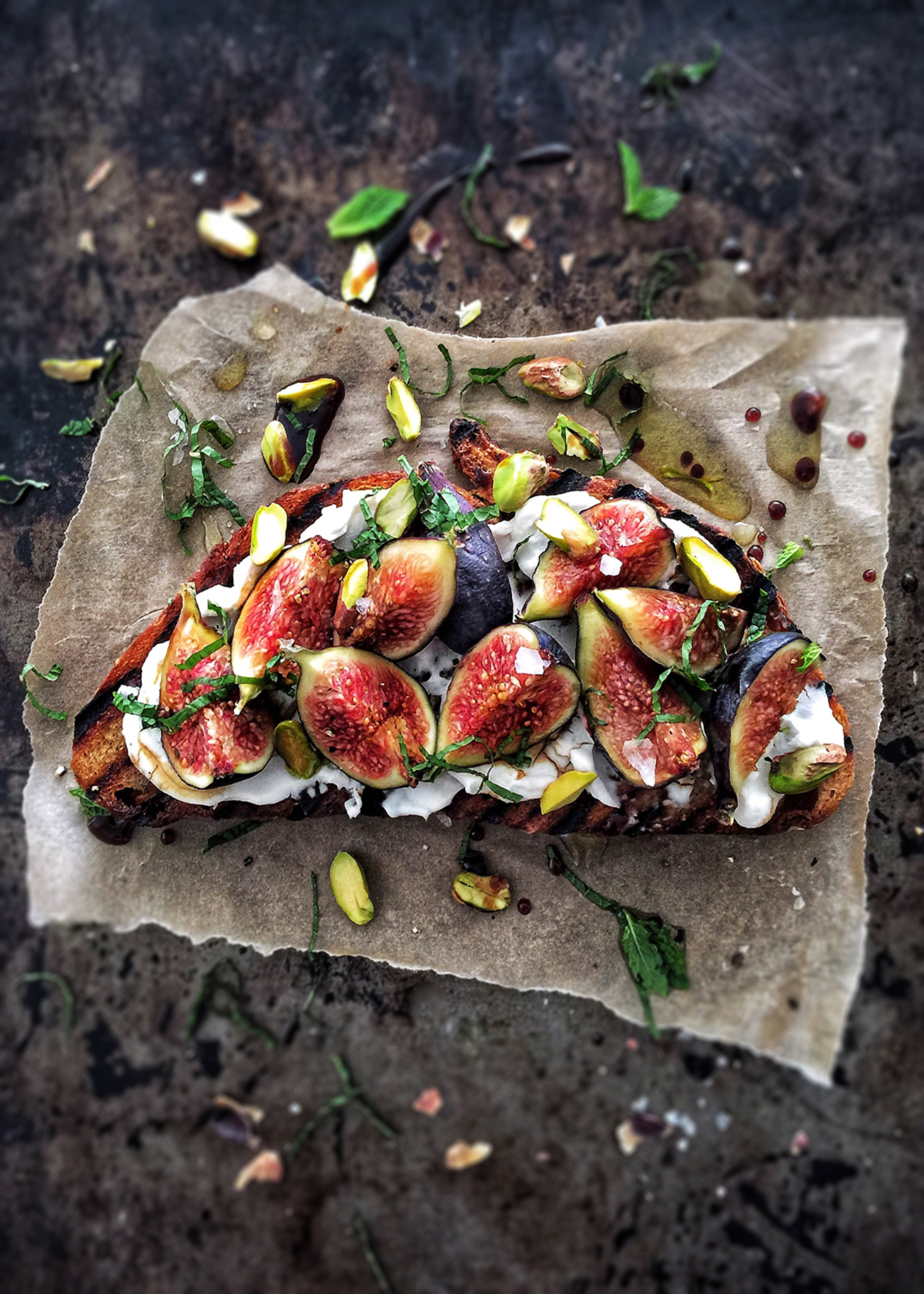
Jump to:
- What are Figs
- Best Type of Figs for Recipes
- How to Eat Figs
- Best Recipes with Figs as Toppings
- Best Fig Recipes: Savory
- Best Fig Recipes: Sweets and Desserts
- When are Figs in Season
- How to Store, Dry, Freeze and Preserve Fresh Figs
- Fresh Fig Health and Nutritional Benefits
- Fig FAQs
- Fig Ricotta Toast with Honey, Balsamic, and Pistachios Recipe
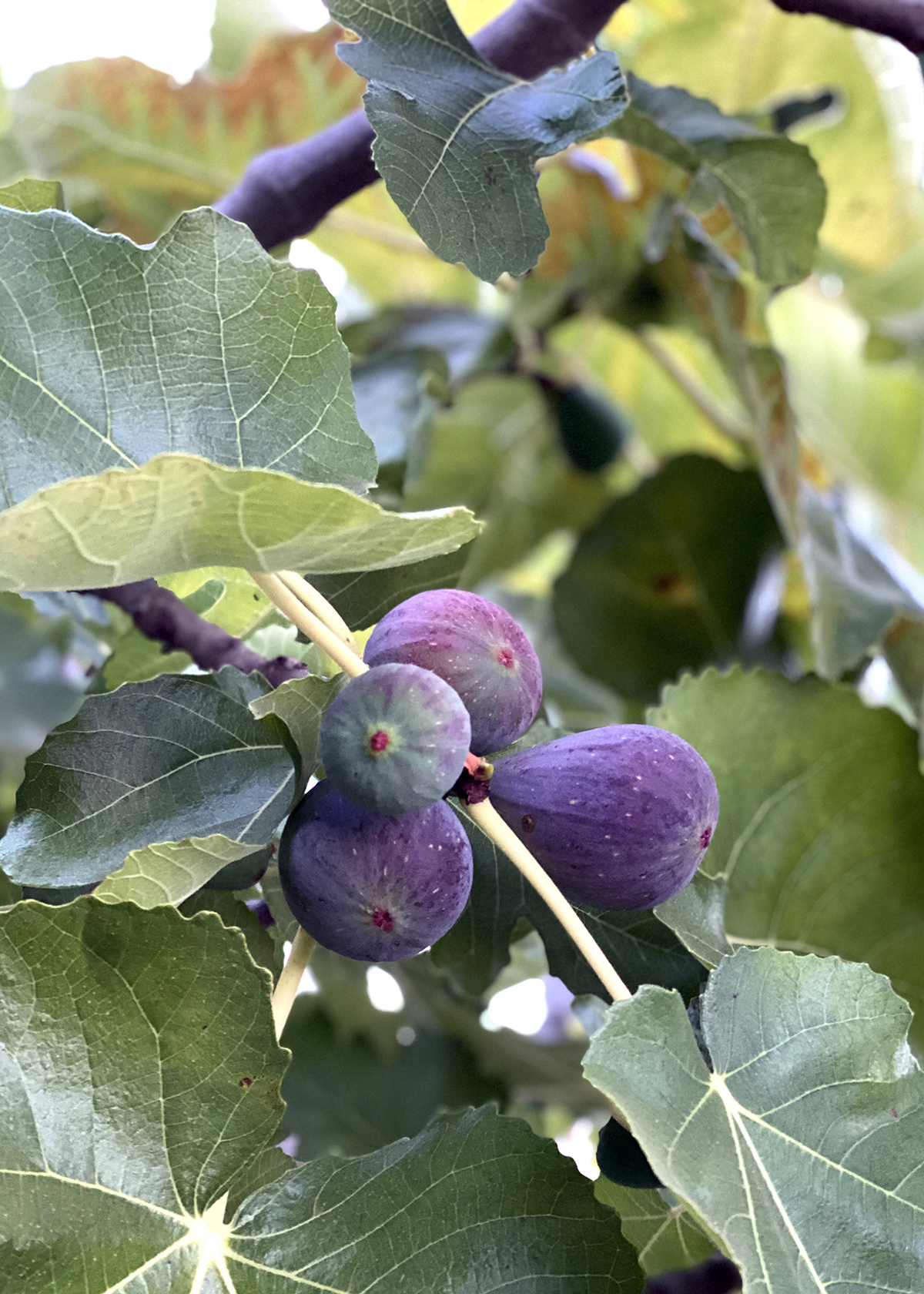
What are Figs
Though we eat it like a fruit, a fig is technically a flower. Or rather, an entire bouquet of flowers that grows on trees! Let me explain. A single fig is a group of tiny inverted flowers growing inside a pod called an inflorescence. Each fig contains hundreds of flowers, and each flower produces a small seed, sort of similar to the structure of raspberries, blackberries, and strawberries.
Because of where they originated, fresh figs are mostly associated with Mediterranean diets and cuisines. They now grow in California, which has a similar climate to the warm, dry climate of the Mediterranean.
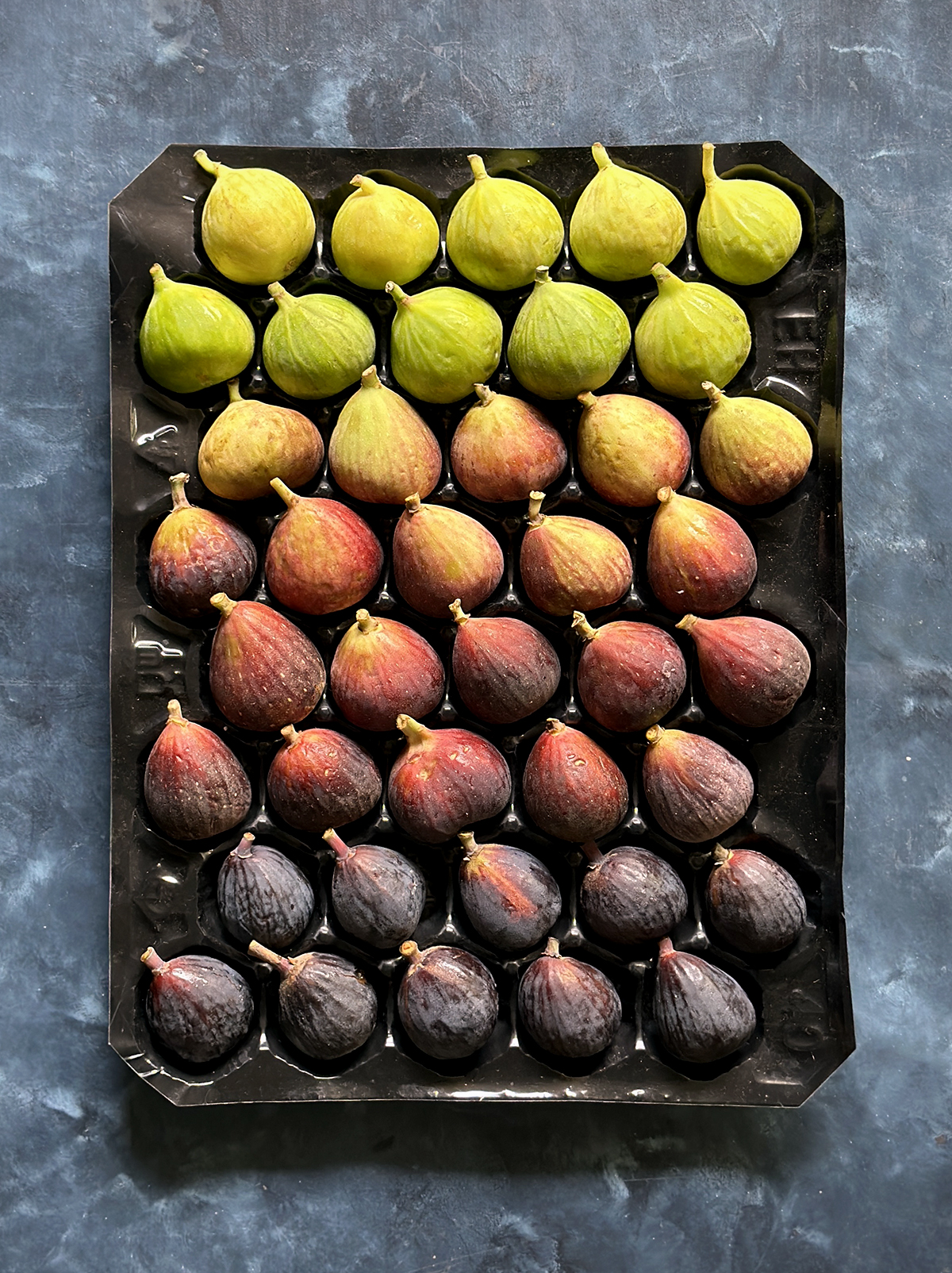
Best Type of Figs for Recipes
The figs we are most familiar with and are most widely available in grocery stores are the dark purple Black Mission Figs and the lighter brownish-green Brown Turkey Figs. However, there are actually hundreds, maybe even thousands, of varieties of figs! Here are the varieties you might come across in grocery stores. They vary in color, flavor, and sweetness, but all of them work for the best fig recipes:
Black, Brown, Purple Figs
- Black Mission Figs. Recognizable by their uniformly toned, very dark purple, almost black skins. When ripe, Black Mission Figs are some of the sweetest!
- Brown Turkey Figs, dark brown sometimes spotted or mottled with green, usually the largest in average size
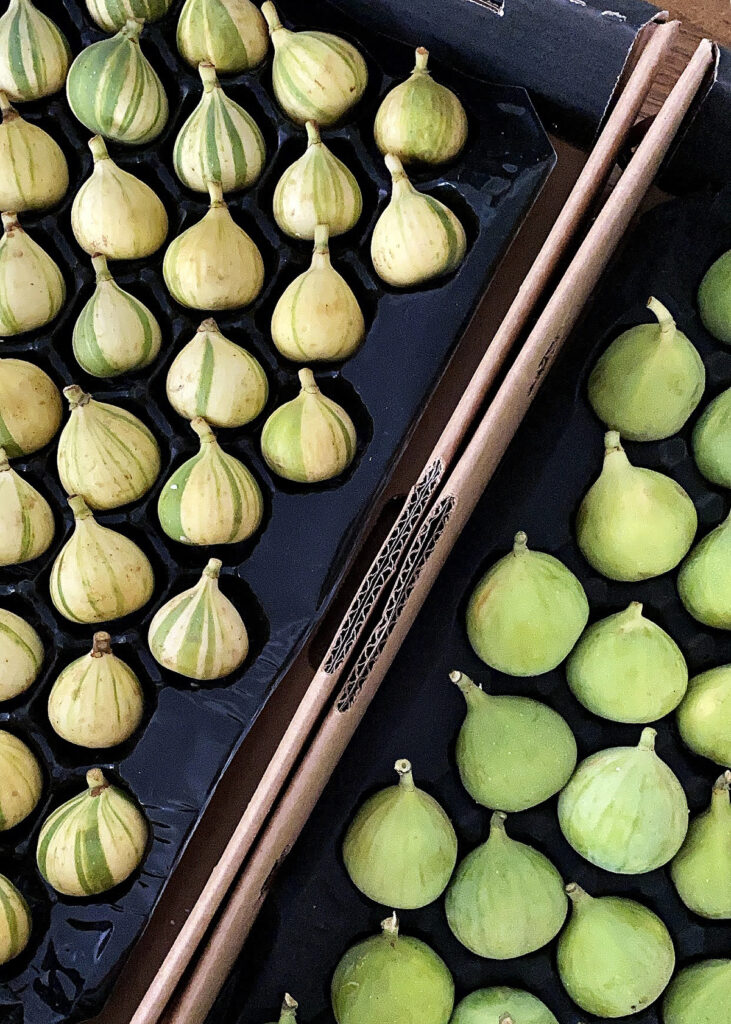
Green Figs
- Adriatic Figs, light green skin, pale pink to near white interior, sometimes called a "white fig"
- Calimyrna Figs. light, pale green California cultivar of the Mediterranean Smyrna fig, often found dried to concentrate their flavor
- Kadota Figs, bright green skin outside, vibrant pink on the inside, not quite as sweet as the others, making these great in preparations where you can add some sweetness like baking
- Sierra Figs. a California original variety, pale green skin outside, pale pink inside
- Tiger Stripe Figs aka Candy Stripe or Panache. Yellow green vertically striped skin outside, bright pink inside.
Tiger Stripe Figs are my personal favorite because of their bright green color and visual aesthetic, though to be honest, I probably could not identify any of these figs in a blind tasting, except maybe Kadota Figs, whose vibrant pink color inside belies their somewhat neutral flavor.
At local farmers' markets or even your own backyard, you might come across special varieties. Always give these a try!
How to Eat Figs
Eat figs the same way you would eat strawberries, right out of hand. The entire fig is edible, skin and the tiny seeds inside, so you can just eat the whole fig! You can also cut off the stem end, slice the figs lengthwise stem to bottom into halves or quarters and enjoy them as sweet and ripe as they are. Technically the fig stem is edible but it's tough and offers no flavor or nutritional value, so twist or cut it off.
Simply sliced, fresh figs are great on bowls of yogurt, oats, and chia and make a gorgeous garnish on cakes that don't require any overly sweet frostings or icings. If you like that sticky sweet fig jam that we all know as an accompaniment on cheese and charcuterie boards, you will love whole fresh figs paired with cheese for a totally different dimension.
Check out the incredible fresh fig recipes that follow, and make something in the fleeting window that is Fresh Fig season.
Best Fig Recipes Flavor Pairings
Figs are rich, sweet, with a unique texture, and low acid. When thinking about how to cook and eat fresh figs, keep these complementary flavors in mind:
- cheeses: ricotta, goat cheese, feta, cambozola or other mild blue cheese—feta and blue are my personal faves!
- nuts: almonds, pistachios, walnuts
- sweet: dark chocolate, honey, balsamic, rose and rosewater, other berries
- savory: prosciutto
- herbal: basil, mint, rosemary, arugula, radicchio
- wine: rosé, light-bodied red wine
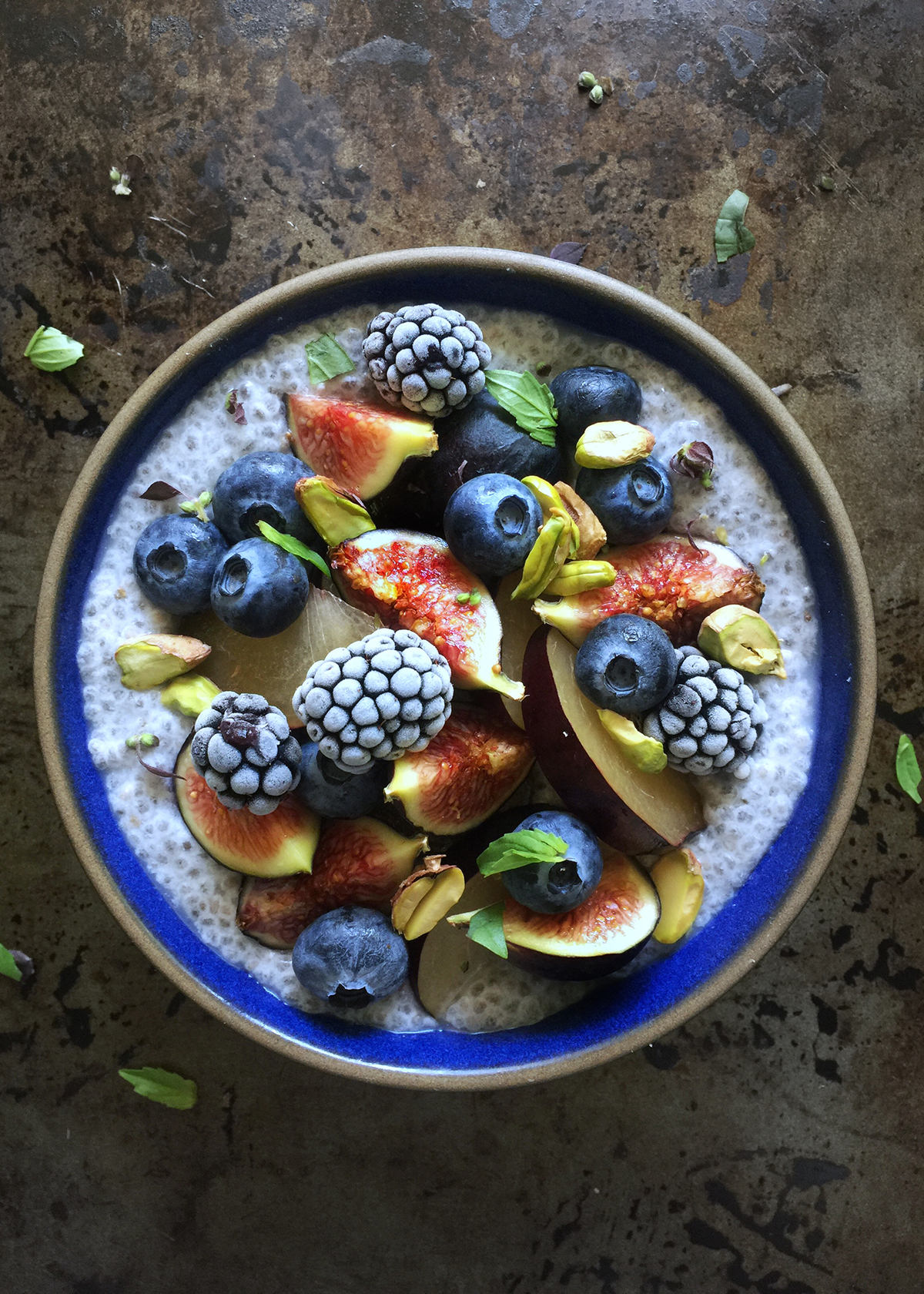
Best Recipes with Figs as Toppings
Simply slice fresh figs and use to top or garnish bowls, boards, and cakes! Figs are especially great on chia seed bowls because they both have that crunchy seeded texture.
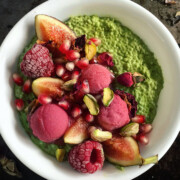




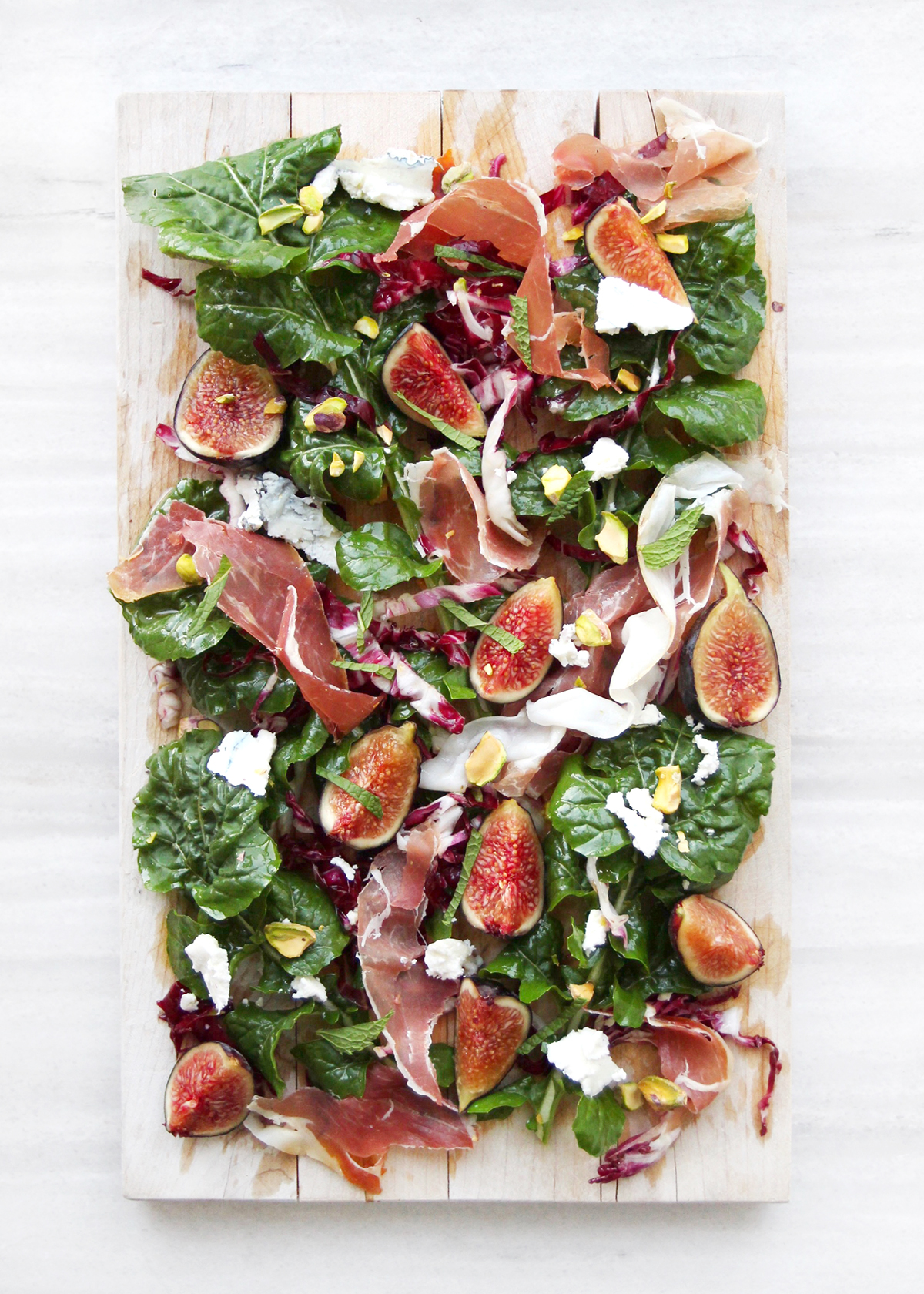
Best Fig Recipes: Savory




Crispy Braised Chicken with Caramelized Figs and Olives
Coq au Vin Rosé with Caramelized Figs
Sticky Fig and Balsamic Roast Chicken
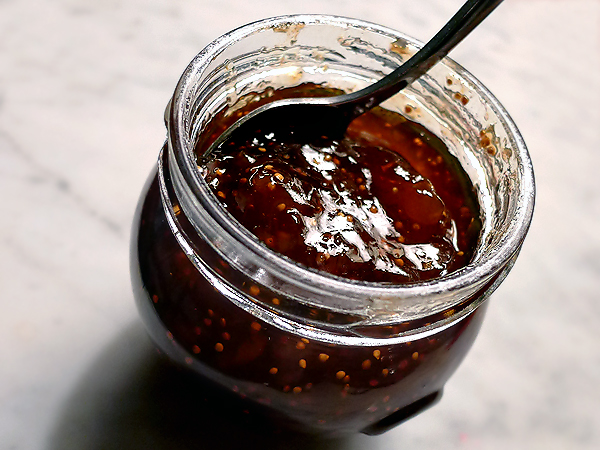
Best Fig Recipes: Appetizers and Snacks
Pro-tip: Freeze super-ripe, sweet fresh figs now, and you can use them later in the season in condiments and sauces like the BEST Cranberry Sauce at Thanksgiving, or with cheeses during Holiday entertaining.

Figs in a Blanket, made with Prosciutto and Puff Pastry
Fig and Feta Phyllo Rolls
Rosé Fig Jam
Fig and Olive Tapenade
Baked Brie with Fig Jam

Best Fig Recipes: Sweets and Desserts

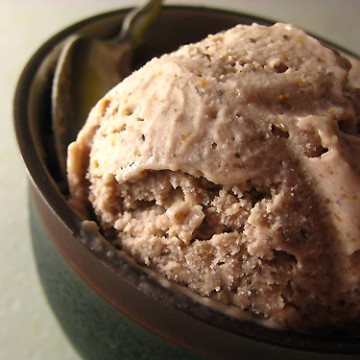

Fresh Fig Tart in Granola Crust
Fig Bars
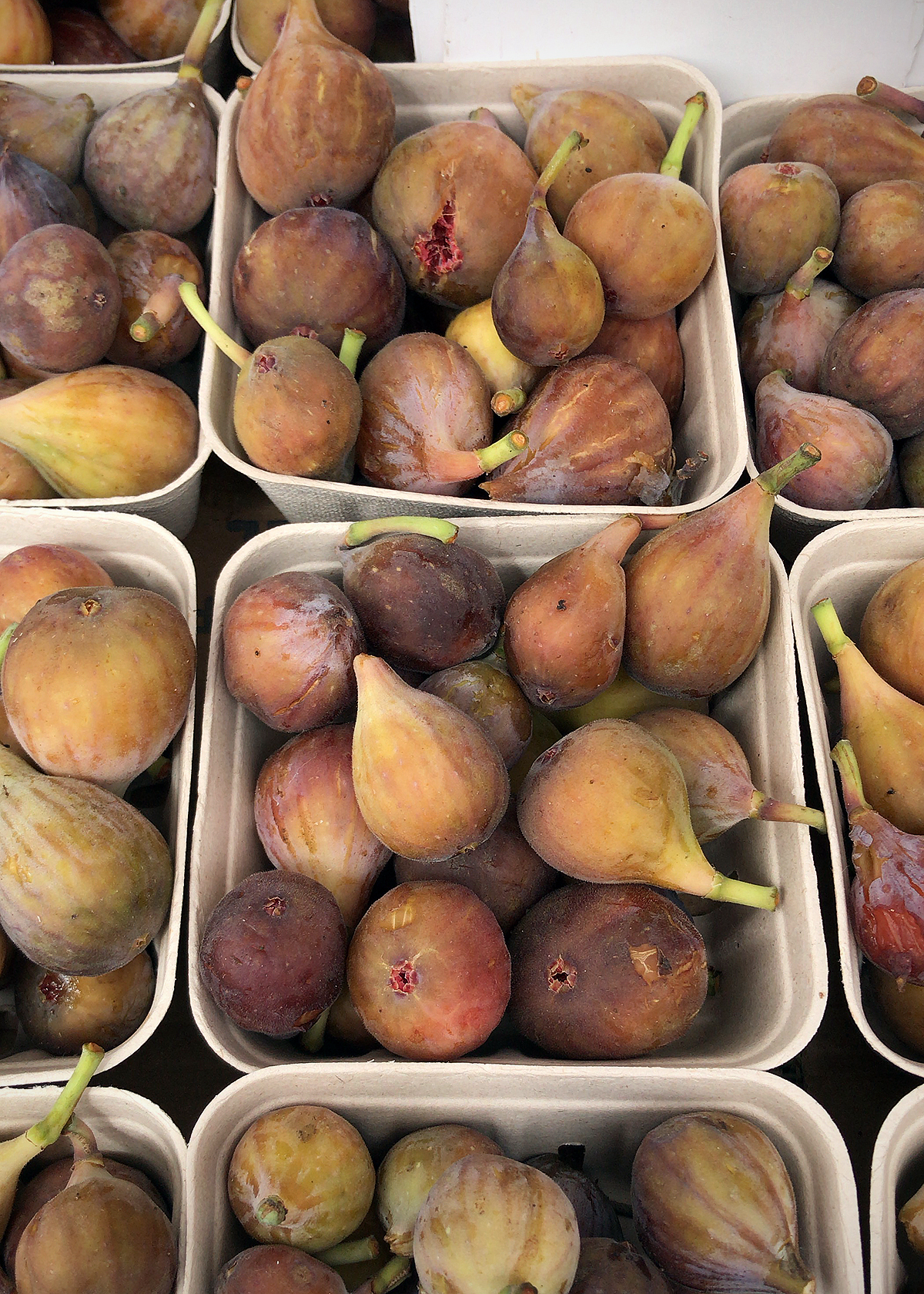
When are Figs in Season
Fresh figs are usually considered a summer fruit because they are officially in season May to November. But technically, figs have two very short "seasons" on either end of summer. The first season can start as early as May, depending on the variety of fig and where you are located. Then, fresh figs sort of disappear during the height of the summer season and come back for their second season which starts in late August and can go as late as November. I have always considered figs a very late-summer fruit!
Earlier in the season, the first fresh figs aren't quite as sweet and luscious as they will be later in the summer, or better yet, after a couple of months of swelling up in the summer sun. If you have fig trees or neighbors with fig trees, you know this cycle well.
Dried figs are available year-round! And if you find yourself with a lot of fresh figs, you can dry them yourself to keep longer, or even freeze fresh figs!
How to Store, Dry, Freeze and Preserve Fresh Figs
Fresh figs are fairly delicate and should be treated the way you would treat berries. Store them, unwashed, in their own container in the refrigerator to prevent bruising. Fresh figs will stay good for about five days in the refrigerator, but are best eaten within a couple of days of purchase. Wash them just before eating.
If you find yourself with an abundance of figs that you couldn't possibly eat, cook, bake or otherwise consume within that five or six day window, try drying them or freezing them for longer term storage.
Pro-tip: Freeze super-ripe, sweet fresh figs now, so you can use them later in the season in condiments and sauces like the BEST Cranberry Sauce at Thanksgiving, or with cheeses during Holiday entertaining.
Drying or Dehydrating Figs
If you want to completely dehydrate figs like the kind you can buy at the store, you will need a dehydrator. Follow the manufacturer's instructions for drying fruit.
You can also make Oven-Dried Figs in your home kitchen. The figs won't get quite as desert-dry as using a dehydrator, but they will dry out, get sticky, chewy, and concentrate in sweetness:
- Preheat oven to the lowest temperature, ideally 140° Fahrenheit/60°C, though my oven only goes to 170°F.
- Wash figs under cold water, drain them, and gently pat them dry with a clean kitchen towel until they are bone dry.
- Cut the stem off the figs, then slice each fig in half lengthwise from the stem-end to the fat end. Cutting them in half makes drying them out faster.
- Arrange cut figs with air space between figs on a wire rack positioned over a baking sheet. Transfer the baking sheet to the oven. Oven-dry the figs for 8-9 hours, or until thoroughly dried.
- Cool dried figs completely, then store in an airtight container. Completely dried fruit will keep at room temperature for up to 6 months. I store all dried fruit in the refrigerator to keep them even longer.
Freezing Fresh Figs
Fresh figs can be frozen, though their color and texture will change, as happens with freezing almost any fresh fruit. After freezing, thawed figs will be loose and slightly broken down (same, little plump fig, same) and are best used in preparations like sauces, smoothies, and baked goods.
Here's how to freeze fresh figs for longer term storage:
- Wash figs under cold water, drain them, and gently pat them dry with a clean kitchen towel until they are bone dry.
- Cut the stem off the figs, then slice each fig in half lengthwise from the stem-end to the fat end. You can actually freeze figs whole as well, they will just take longer to thaw later.
- Arrange cut figs in a single layer on a tray or small baking sheet lined with parchment paper and place in freezer. Freeze for 4 hours or up to overnight.
- Transfer frozen fig pieces to an airtight freezer-safe container. Frozen figs will keep in the freezer for 6 months.
- Thaw frozen figs in the refrigerator overnight.
Fresh Fig Health and Nutritional Benefits
Fresh figs are generally healthy for most people. One fresh fig on average provides the following nutrition:
- 30 calories
- 0 protein
- 0 fat
- 1.5 g fiber
- 8 g sugars
From a glycemic perspective, fresh figs have a glycemic index (GI) of 35 and glycemic load (GL) of 6.7, both of which are considered Low.
In addition, fresh figs provide the following health benefits:
- more antioxidants than both red wine and green tea!
- calcium, magnesium, and strontium, which research shows together contribute to bone health
- small amounts of vitamin K, thiamin, vitamin B6, potassium, and manganese
Fig FAQs
Ah, I've been waiting for the billion dollar question! Despite what sensationalist click-bait social would have you believe, there are no wasps inside common figs grown in California. Those Black Mission, Brown Turkey, and sometimes Tiger Stripe figs you see at grocery stores? No wasps. Figs that are self-pollinating, like those listed above, DO NOT rely on fig wasps for pollination.
There is, however, one variety of fig that currently does use pollinators, though it is being phased out, the Calimyrna/Smyrna. This variety is being phased out of California by a similar variety of fig that is self-pollinating and will not rely on outside pollinators.
YES! The skin on all varieties of figs is edible! It is possible to peel the skins off of figs, though it's totally unnecessary.
Figs are ripe and ready to eat when they give under gentle pressure from the pads of your fingers, are just barely starting to wrinkle, feel heavy for their size, and even better if the flower end opposite the stem, is starting to open slightly and maybe even weep some juice.
Because truly ripe and ready to eat figs are fairly fragile, they are often picked off the tree when they are not quite super-soft to avoid bruising during transport. You can leave just slightly under-ripe figs on the countertop to ripen a little more. However, figs do have to get past a certain ripening point on the tree for them to continue ripening off the tree. If the figs at the store are very hard and lightweight, they may stay that way so look for something else.
The white liquid is a natural, normal sap from the fig tree. The sap is not poisonous, though some people may have an allergy to it.
Fig Ricotta Toast with Honey, Balsamic, and Pistachios Recipe
Ingredients
- 1 slice seedy, sourdough-type bread
- 2 tablespoons Whipped Ricotta
- 2-3 fresh figs, quartered
- 1 tablespoon chopped pistachios
- 1 teaspoon honey
- 1 teaspoon balsamic vinegar
- flaky sea salt
Instructions
- Grill or toast sliced bread until very dark—dark char on toast is key for that bitter umami balance!
- Spread with whipped ricotta, whipped cottage cheese, or very thick yogurt/labne
- Top with quartered fresh figs, pistachios, drizzle of honey, balsamic, and maybe some fresh thyme or rosemary will take it over the top!



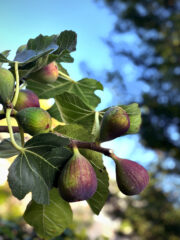



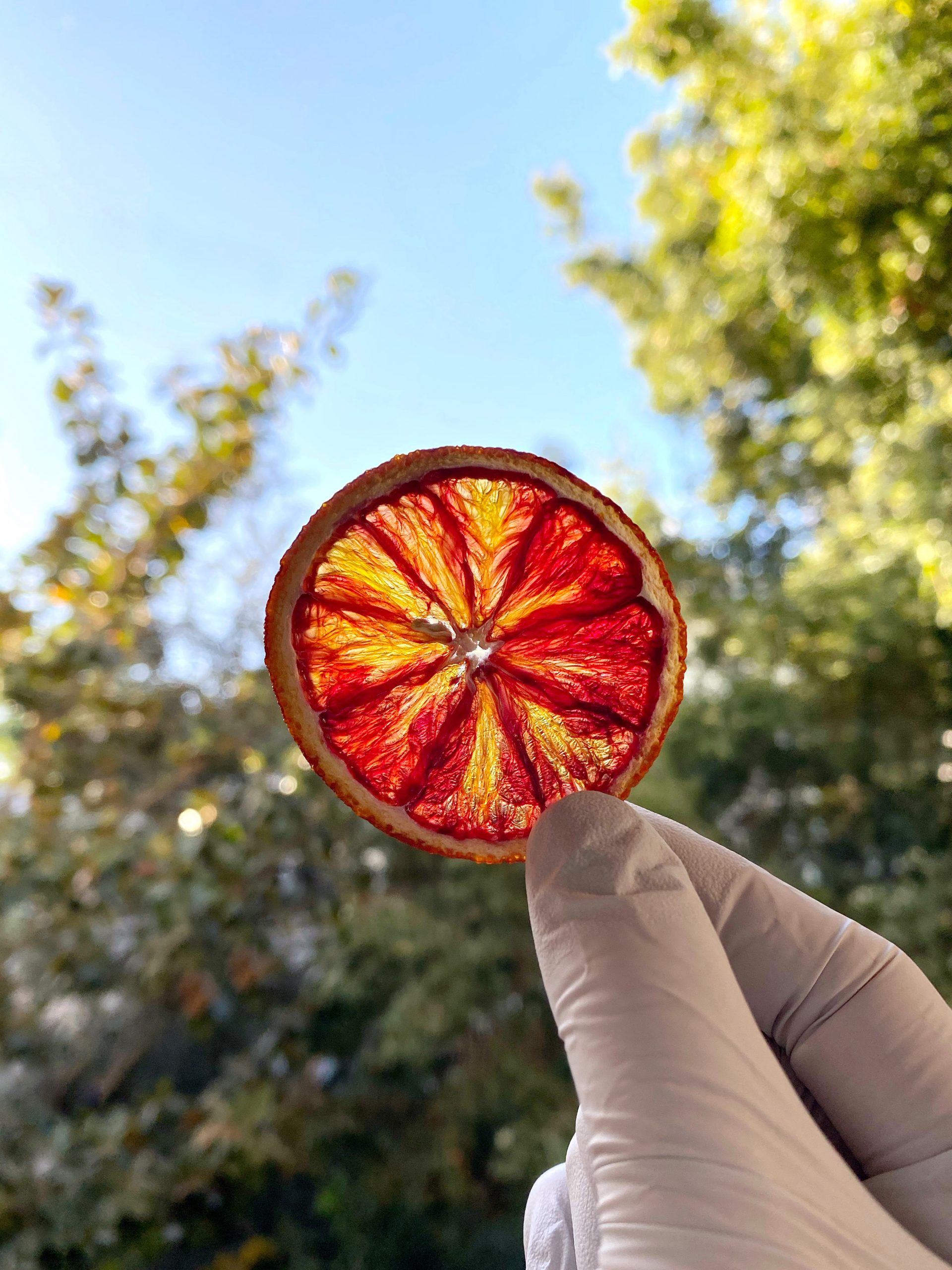
Leave a Reply